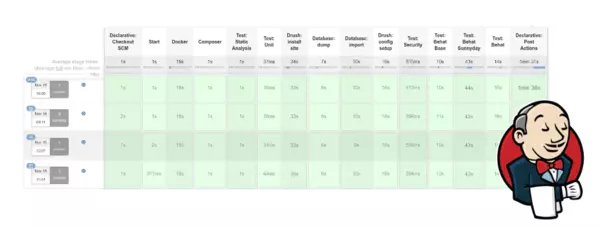Agile Tools
We have experience with various tools for development, communication and project management. Among our favorites are:
Communication
Slack - Communication tool between team members and the various teams involved in a project. It is used for interpersonal communication, for internal organization at the team level, for requesting assistance or help at the company level and for sharing discoveries and good practices.
Google Meet / Jitsi Meet - Video call tools, we use them constantly for daily and weekly meetings as well as for pair programming or communication between developers working remotely.
Chrome Remote Desktop - Live support tool, allows you to take remote control of the desktop to provide direct assistance both internally (between developers) and externally (with the client).

Project management
Trello - Project management tool. We use it with some clients who are used to it.
Asana - This is the main tool we use for communication between team members or teams working on the same project. It has a very fast interface to manage tasks and communication.
Jira - One of the most widespread project and management tools. Besides Jira, Atlassian integrates with other tools like Bitbucket, making a very complete solution for some projects.
Taiga - Project management tool, it is free and open source.
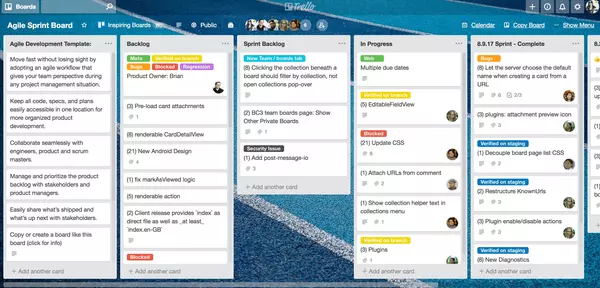
Cerebro - Coordinating and synchronizing so many project management tools is a time-consuming task. To streamline these processes, we have developed our own internal tool, Cerebro, at Metadrop.
Cerebro operates as an aggregator, so that tasks coming from Trello, Jira, Asana, Gitlab or others can be centralized in a single board. Developers use Cerebro as the unique reference when it comes to knowing the status of their tasks and assignments, as well as the overall progress of their team and the existence of bottlenecks or emergencies. Scrum masters can plan sprints and easily distribute the workload.
In addition, Cerebro synchronizes with tracking tools such as Toggl and is able to generate detailed and customizable reports to use as accountability and transparency to the client or as internal documents to detect areas for improvement.
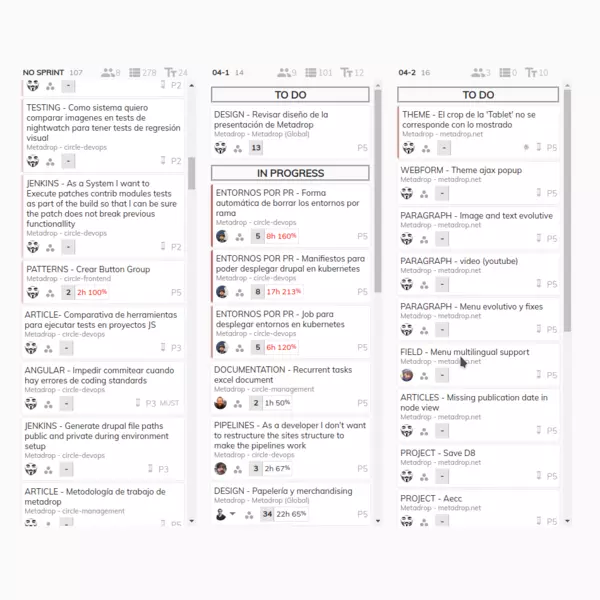
Documentation
Nextcloud - We use it as a file sharing server, especially for those that require an additional security layer or are larger in size.
Google drive - We use it as a documentation tool. It is fast, can be used by several people at once and is widespread.
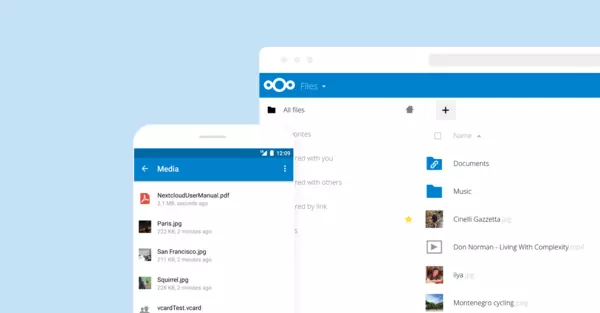
Code repositories
Bitbucket - Many of our projects are hosted on Bitbucket. This Git-style service offers team members a common place to host their code and a set of tools (Pull Requests, diff) to streamline processes.
Github - Internationally known, it is one of the tools most used by developers to host code.
Gitlab - Born as an alternative to Github, it has grown to be an application for the entire development pipeline. In addition to hosting the code using Git, it includes project management tools like dashboards or issues that integrate directly with the code.
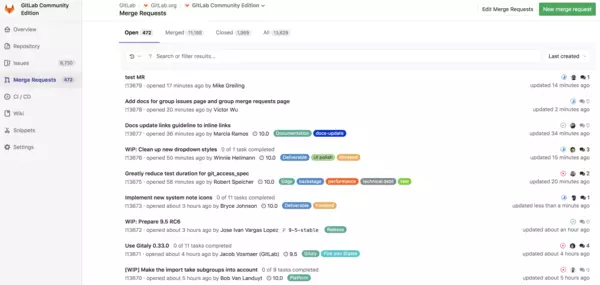
Virtualization
Docker - We use this popular container system to develop projects in our local environments quickly and ensure that the whole team works on the same basis.
Vagrant - We have been using Vagrant in our projects for many years. In most cases it has been replaced by Docker, but it is still one of our favourite tools.

Continuous Integration
Jenkins - La mayoría de las tareas automatizadas se gestionan con Jenkins. Llevamos años trabajando con ella y nos aporta seguridad y automatización de tareas necesarias para asegurar la calidad de código.
